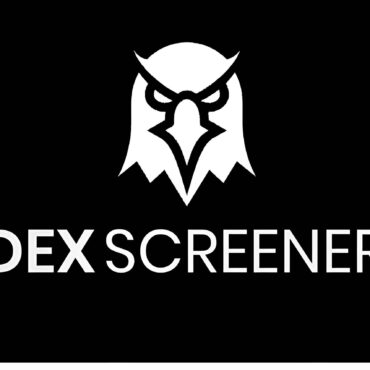The blockchain world revolves around consensus mechanisms that validate transactions. Bitcoin and Algorand process transactions differently through their unique validation systems. These systems determine how quickly transactions complete and the environmental impact of cryptocurrencies.
Consider sending crypto to a friend. Your transaction must be validated before reaching its destination. However, not all blockchains handle this process the same way. Bitcoin uses Proof of Work, while newer platforms like Algorand employ Proof of Stake.
How Proof of Work Operates
Proof of Work relies on computers called miners competing to solve complex puzzles. These miners race to validate transactions by using computational power to solve mathematical problems. The first miner to solve the puzzle adds the block to the chain and receives cryptocurrency rewards.
Bitcoin pioneered this approach, creating the foundation for blockchain technology. The system creates security through computational difficulty. Miners around the world verify transactions independently, ensuring no single entity controls the network.
The Limitations of Proof of Work
Despite its innovation, Proof of Work faces significant challenges in today’s crypto landscape. For instance, the energy consumption of Bitcoin mining exceeds that of entire countries. This raises serious environmental concerns.
Additionally, the increasing difficulty of mining puzzles requires expensive hardware investments. Mining operations have become industrialised, pushing out individual miners. Furthermore, the system processes transactions slowly compared to newer alternatives, handling only about 7 transactions per second.
How Proof of Stake Functions
In contrast, Proof of Stake selects validators based on the amount of cryptocurrency they lock up as collateral. The more coins staked, the higher the chance of being chosen to validate blocks. Validators must perform their duties correctly or risk losing their staked coins.
This approach significantly reduces energy requirements. Moreover, the validation process happens faster without complex puzzles to solve. The entry barrier is lower since expensive mining equipment isn’t necessary to participate.
The Drawbacks of Proof of Stake
However, Proof of Stake isn’t without flaws. Primarily, it potentially favours wealthy participants who can stake more coins. Those with larger holdings gain more validation opportunities and rewards, potentially centralising power.
Additionally, the system is newer and less battle-tested than Proof of Work. Some critics worry about security vulnerabilities in certain implementations. The staking rules can also be complex, creating a learning curve for new participants.
Which System Prevails?
The answer depends entirely on what you value most in cryptocurrency. If security and decentralisation are paramount, Proof of Work has a proven track record. Bitcoin hasn’t experienced a successful hack in 15 years of operation.
Conversely, if you prioritise sustainability and transaction speed, Proof of Stake offers clear advantages. Ethereum’s switch to this system cut energy use by approximately 99.95%. Furthermore, proof-of-stake networks generally process transactions much faster.
The market shows both systems maintaining significant appeal. As of March 2025, Bitcoin’s market cap stands at roughly $1.6 trillion, while Ethereum reaches about $252 billion.
Conclusion
Beyond these two, alternative consensus mechanisms continue emerging. Solana uses Proof of History, VeChain employs Proof of Authority, and others develop hybrid approaches. Therefore, the landscape continues evolving as blockchain technology matures.
Ultimately, your preferred consensus mechanism reflects your blockchain priorities. Do you value proven security or scalable efficiency? The debate continues shaping cryptocurrency’s future as the technology advances.
Written By Fazal Ul Vahab C H




